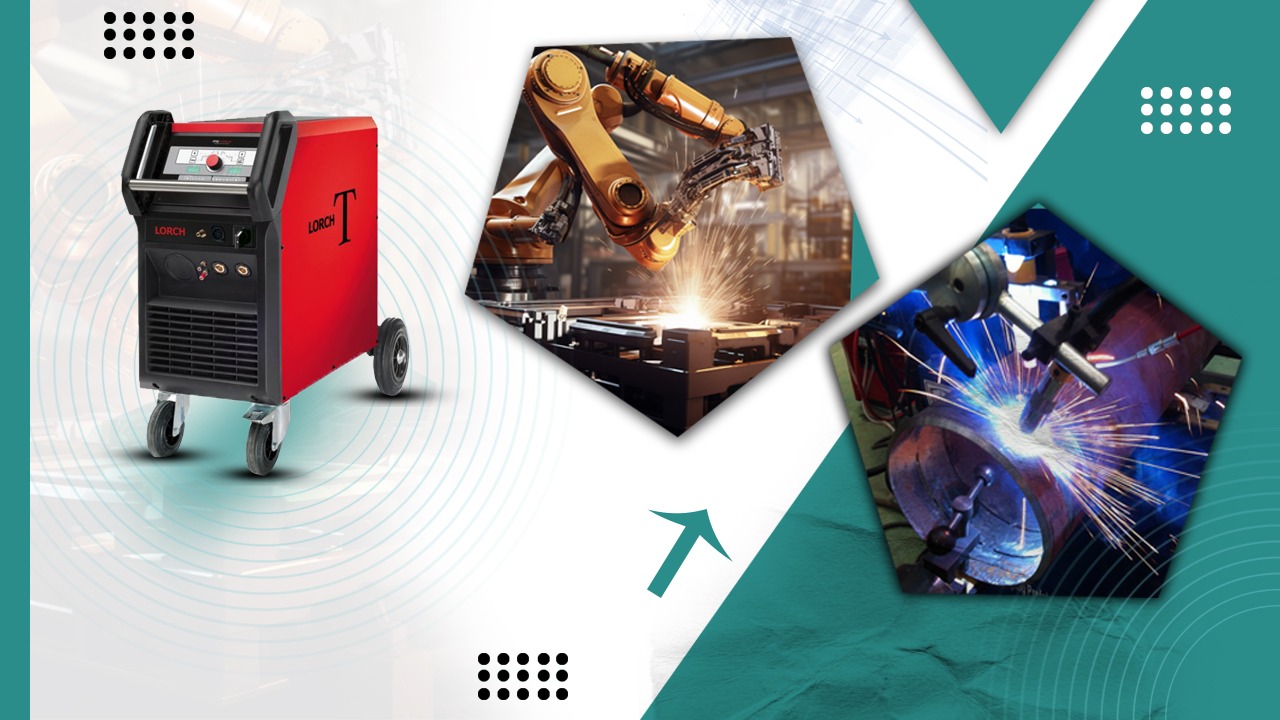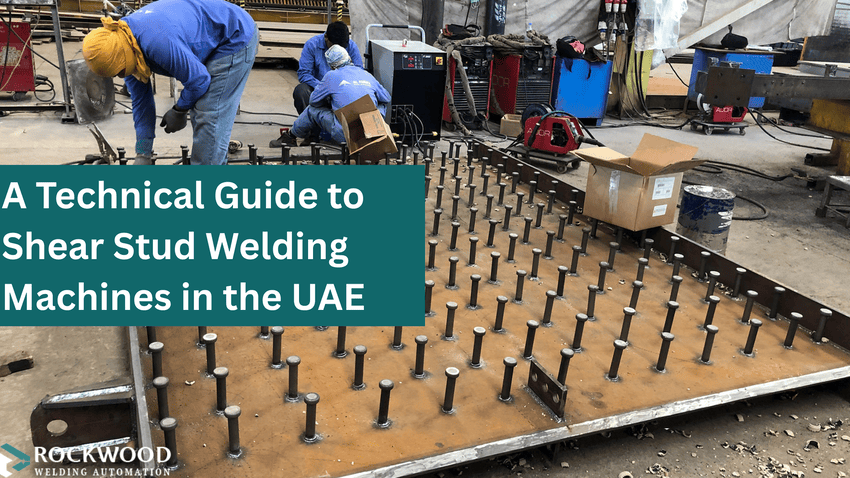Integrating robots into welding operations has dramatically transformed the manufacturing landscape, enhancing efficiency and precision. However, the coexistence of humans and robots necessitates stringent safety protocols. This article delves into essential safety measures for human-robot collaboration in welding automation products, specifically focusing on nozzle welding machines, welding carriages, and welding column and boom manipulators in the UAE.
Understanding the Risks
Before diving into safety protocols, it’s crucial to recognize the potential hazards in welding automation products:
- Robot Malfunction: Unexpected movements or errors can cause injuries.
- Welding Hazards: Exposure to harmful fumes, radiation, and hot materials.
- Human Error: Mistakes in operation or maintenance can lead to accidents.
- Machine-Specific Risks: Unique hazards associated with nozzle welding machines, welding carriages, and welding column and boom manipulators.
Essential Safety Protocols for Human-Robot Collaboration
Risk Assessment
A comprehensive risk assessment is paramount. Identify potential hazards, evaluate their severity and likelihood, and implement control measures.
Robot Safety Features
Ensure your robot is equipped with:
- Emergency Stop Buttons: Immediate shutdown in case of malfunction.
- Speed and Force Limitations: Controls to prevent excessive force or speed.
- Safety Sensors: Detect the human presence and stop operations if necessary.
- Secure Guarding: Physical barriers to protect operators.
Operator Training
Provide comprehensive training covering:
- Robot Operation and Programming: Proper use and control of the robots.
- Safety Procedures and Emergency Response: How to act in case of an emergency.
- Potential Hazards and Mitigation: Awareness of risks and how to avoid them.
Work Cell Design
Create a safe workspace with the following:
- Clear Work Zones: Well-defined areas for robots and humans.
- Adequate Lighting and Ventilation: Ensuring visibility and air quality.
- Emergency Exits: Easily accessible in case of an emergency.
- Proper Storage: Safe storage of tools and materials.
Personal Protective Equipment (PPE)
- Ensure workers wear appropriate PPE:
- Welding Helmets: Protects against sparks and harmful light.
- Gloves, Aprons, and Fire-Resistant Clothing: Shields against burns and sparks.
- Safety Shoes: Protects feet from heavy objects and hot materials.
- Hearing Protection: Guards against loud noises.
Regular Maintenance
Conduct routine inspections and calibrations to ensure equipment is functioning correctly.
- Emergency Procedures
Develop and practice emergency response plans to handle potential accidents effectively.
- Compliance with Standards
Adhere to relevant safety standards and regulations to ensure a safe working environment.
Safety Considerations for Specific Welding Equipment
Nozzle Welding Machines
- Regularly inspect nozzles for wear and tear.
- Implement proper cooling systems to prevent overheating.
- Ensure safe handling and storage of welding materials.
- Establish emergency shutoff procedures.
Welding Carriages
- Securely mount and operate the carriage.
- Install emergency stop mechanisms for the carriage.
- Maintain clear communication between operators and robot controllers.
- Regularly inspect carriage tracks and components.
Welding Column and Boom Manipulators
- Adhere to safe load limits and operational ranges.
- Include emergency lowering mechanisms.
- Regularly inspect hydraulic and electrical systems.
- Provide operator training on safe operation and emergency procedures.
Find out more about Laser Welding vs. Arc Welding Automation: A Comprehensive Guide for UAE’s Metalworking Industry
Additional Safety Tips
- Clear Communication
Establish clear communication channels between operators, robot programmers, and maintenance personnel.
- Regular Safety Audits
Conduct routine safety inspections to identify potential hazards and implement corrective actions.
- Emergency Drills
Regularly practice emergency drills to ensure preparedness.
- Ergonomic Design
Optimize workstations for ergonomic comfort to reduce the risk of musculoskeletal injuries.
- Continuous Improvement
Foster a safety culture where employees feel empowered to report hazards and suggest improvements.
Safety should always be the top priority in any welding automation process. At Rockwood Welding Automation, we are committed to helping businesses implement the most advanced safety measures, ensuring that both productivity and safety go hand in hand. By following these best practices, you can create a safer, more efficient working environment that protects your workers and enhances your operations.
By implementing these safety measures and tailoring them to the specific characteristics of nozzle welding machines, welding carriages, and welding column and boom manipulators, manufacturers can create a safe working environment for their employees and maximize the benefits of welding automation products in the UAE.




